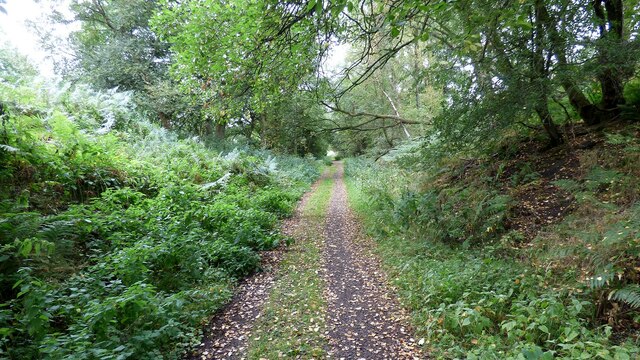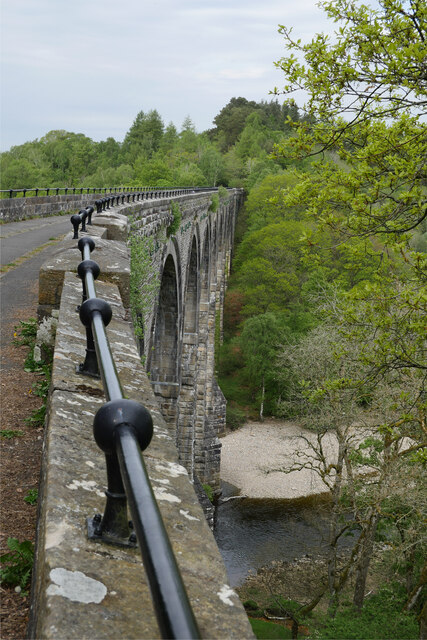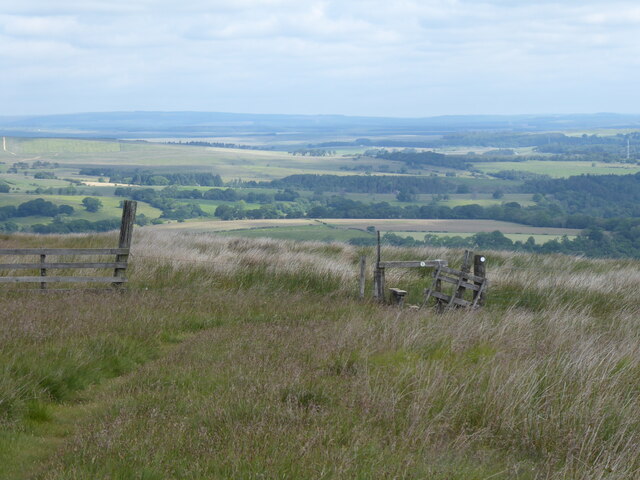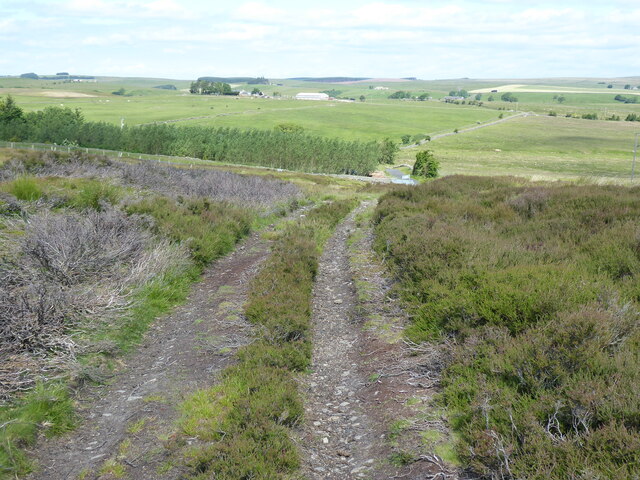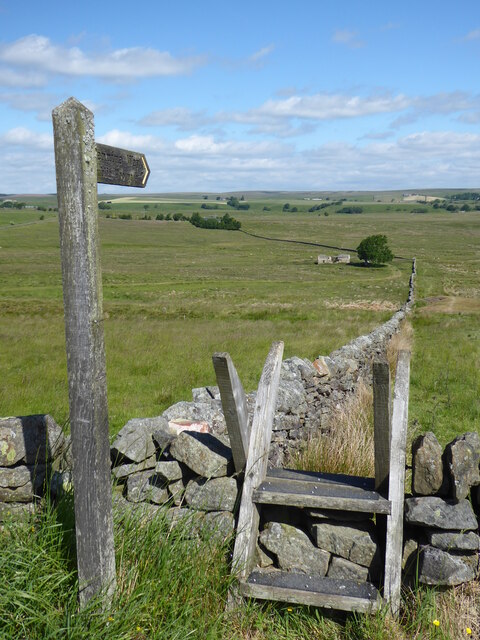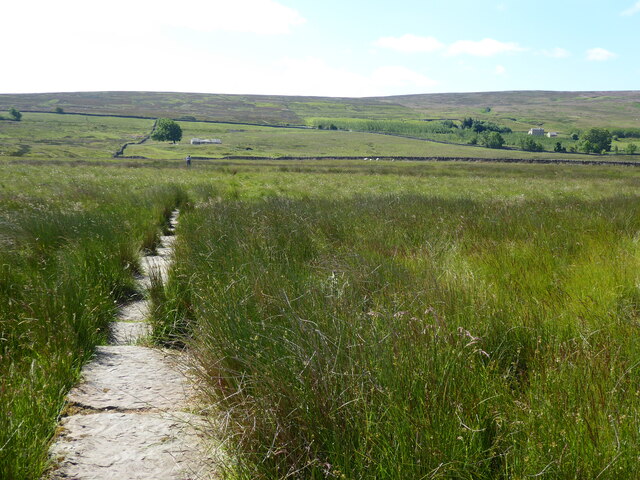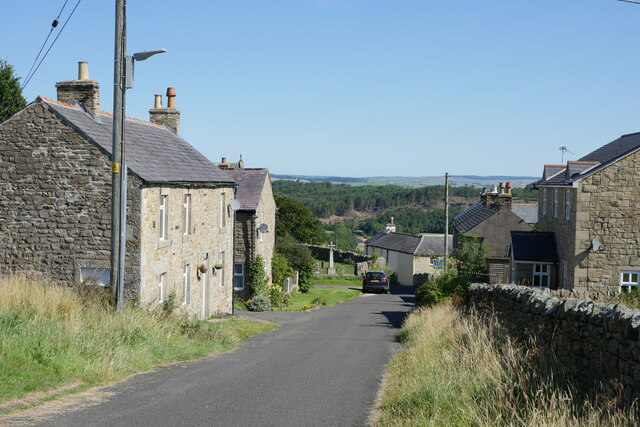Hag Wood
Wood, Forest in Northumberland
England
Hag Wood
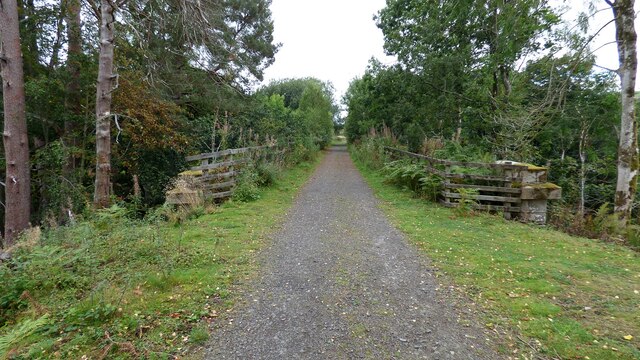
Hag Wood is a picturesque forest located in the county of Northumberland, England. Covering an area of approximately 100 hectares, this ancient woodland is a haven for nature enthusiasts and a popular destination for visitors seeking tranquility and natural beauty.
The wood is characterized by its diverse range of tree species, including oak, ash, birch, and beech, which create a dense and vibrant canopy overhead. The forest floor is adorned with an array of native wildflowers, such as bluebells and primroses, offering a colorful spectacle during the spring months.
Hag Wood is home to a rich and varied ecosystem, providing habitat for a wide range of flora and fauna. Birdwatchers can spot numerous species, including woodpeckers, warblers, and owls, while small mammals like squirrels and badgers can be observed scurrying through the undergrowth. The wood is also known for its population of rare butterflies, such as the white admiral and purple hairstreak.
Visitors can explore the woodland through a network of well-maintained footpaths, allowing them to fully immerse themselves in the natural surroundings. There are also several picnic areas and benches scattered throughout, providing the perfect spots to pause and appreciate the tranquil ambiance.
Hag Wood is not only a place of natural beauty but also holds historical significance. The forest has been present for centuries, and remnants of ancient settlements, such as stone circles and burial mounds, can still be found within its boundaries.
Overall, Hag Wood in Northumberland offers a captivating blend of natural wonders and historical intrigue, making it a must-visit location for those seeking a peaceful retreat in the heart of nature.
If you have any feedback on the listing, please let us know in the comments section below.
Hag Wood Images
Images are sourced within 2km of 54.919212/-2.5023669 or Grid Reference NY6758. Thanks to Geograph Open Source API. All images are credited.
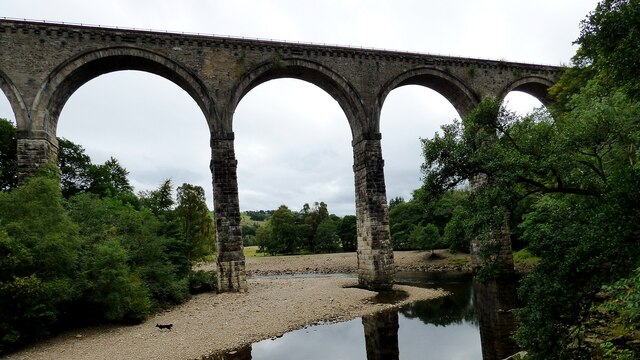
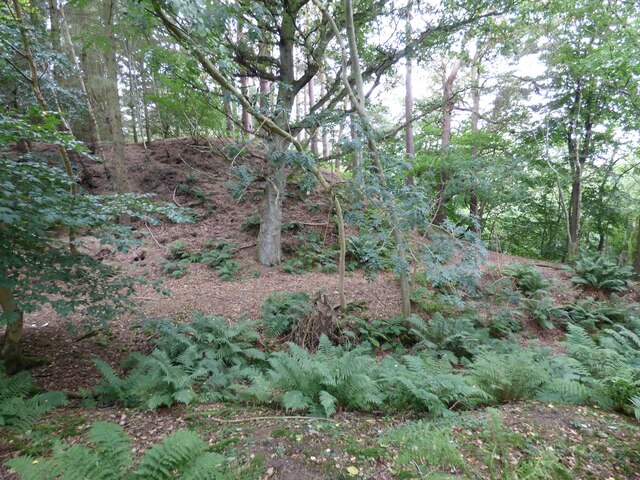




Hag Wood is located at Grid Ref: NY6758 (Lat: 54.919212, Lng: -2.5023669)
Unitary Authority: Northumberland
Police Authority: Northumbria
What 3 Words
///custard.enter.utter. Near Greenhead, Northumberland
Nearby Locations
Related Wikis
Lambley, Northumberland
Lambley, formerly known as Harper Town, is a village and former civil parish, now in the parish of Coanwood, in Northumberland, England about four miles...
Lambley railway station
Lambley was a railway station on the Alston Branch Line, which ran between Haltwhistle and Alston. The station, situated 4+3⁄4 miles (8 km) south-west...
Coanwood railway station
Coanwood was a railway station on the Alston Branch Line, which ran between Haltwhistle and Alston. The station, situated 4 miles (6 km) south-west of...
Coanwood
Coanwood is a village in Northumberland, England, and is part of the Parish of Haltwhistle. It is about four miles (6 km) to the south-west of Haltwhistle...
Nearby Amenities
Located within 500m of 54.919212,-2.5023669Have you been to Hag Wood?
Leave your review of Hag Wood below (or comments, questions and feedback).
